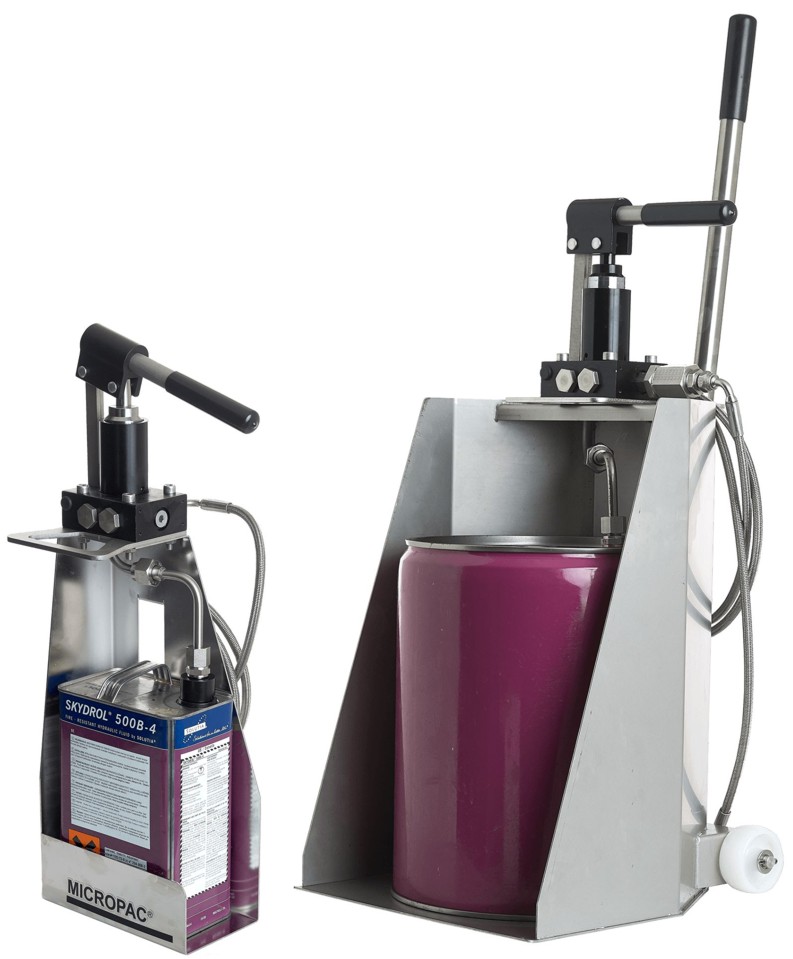At Sarum hydraulics, we have been using methacrylate structural adhesives for 30 years both for structural, thread locking and sealing applications with great success. Yes, we also use epoxies, UV curing adhesives and silicones, but methacrylates like Loctite 638 or thread lock 243 are a core process. Although there are other firms in the market place, we prefer to use Henkel’s Loctite brand. My big ten things that I have learnt are as follows:
- Adhesives are a special process for QA people. More often than not, you cannot test the bond to the limit. Hence the need for decent materials, a known way of applying them, people who know what they are doing and don’t “do it their own way”. In a nutshell, get a quality system and stick to it.
- Get both surfaces clean. Our way is to spray with clean solvent, tilt the part, let contaminants run off at the bottom corner and watch the solvent film evaporate. If there are still coloured streaks on the surface, it isn’t clean. Male threads need care. Female threads are very tricky. If there is any chance of oil creeping into a clean surface, it will not be grease free. The glue hasn’t a chance.
- Be very careful of nasty corners and capillaries where contamination and cleaning solvent lodge, particularly threads.
- Be scientific about where excess glue is going to flow. If you are pressing or screwing one part into another, decide whether you want the excess adhesive in front or behind. This may be pretty important. For example, you may not want glue in a hydraulic system or excess pushed straight into a seal groove.
- Glue thickness. Remember, Loctite methacrylate is not gap filling and needs to be designed into the job with minimal film thickness. If the limits and fits are wrong or parts are not flat, no amount of Loctite will help.
- Don’t apply too little and don’t apply too much. Very helpful! I would err on the side of more and wiping it off rather than somebody trying to be a hero and being frugal only to find that all the bonds are useless. That said, the combination of far too much adhesive and the excess being pushed out of sight can be an unmitigated disaster.
- An investment in the larger 250ml pots, some syringes, a few sizes of needle and a trigger type gun from someone like Adhesive Dispensing Ltd was one of our better decisions. The glue is 38% cheaper and people are saving time in not messing about with a nearly empty pot. Time is money.
- Wipe it off immediately. Don’t smear it everywhere. Be a little careful about using too much solvent to clean off glue in case it gets into the bond. No, don’t “leave wiping off until later”. You will probably damage the substrate whilst scraping it off.
- I have never used the excess glue on a fresh job. Doesn’t sound worth the risk to me. Tell people if you think likewise, as somebody is sure to be frugal and you have a major quality issue
- If you need to break the bond, heat is the way. Messy, as you then have to clean residue off, which I think is tricky.
Finally, I always think design needs to drive what adhesive and sealants you use, not somebody picking something to make good on the spur of the moment. That normally goes horribly wrong.





Hello
Such a great use for Methacrylic Adhesive in industries.
@parsonadhesive
Great topic and very informative post, tnx! I would just add one more possible solution, a Methacrylic Adhesive
http://www.parsonadhesives.com/partite-parbond/adhesives-for-composite-bonding.htm
Evan, Thank you for this observation. Yes, we are probably missing a trick on our own production in not using more Methacrylic Adhesives. John